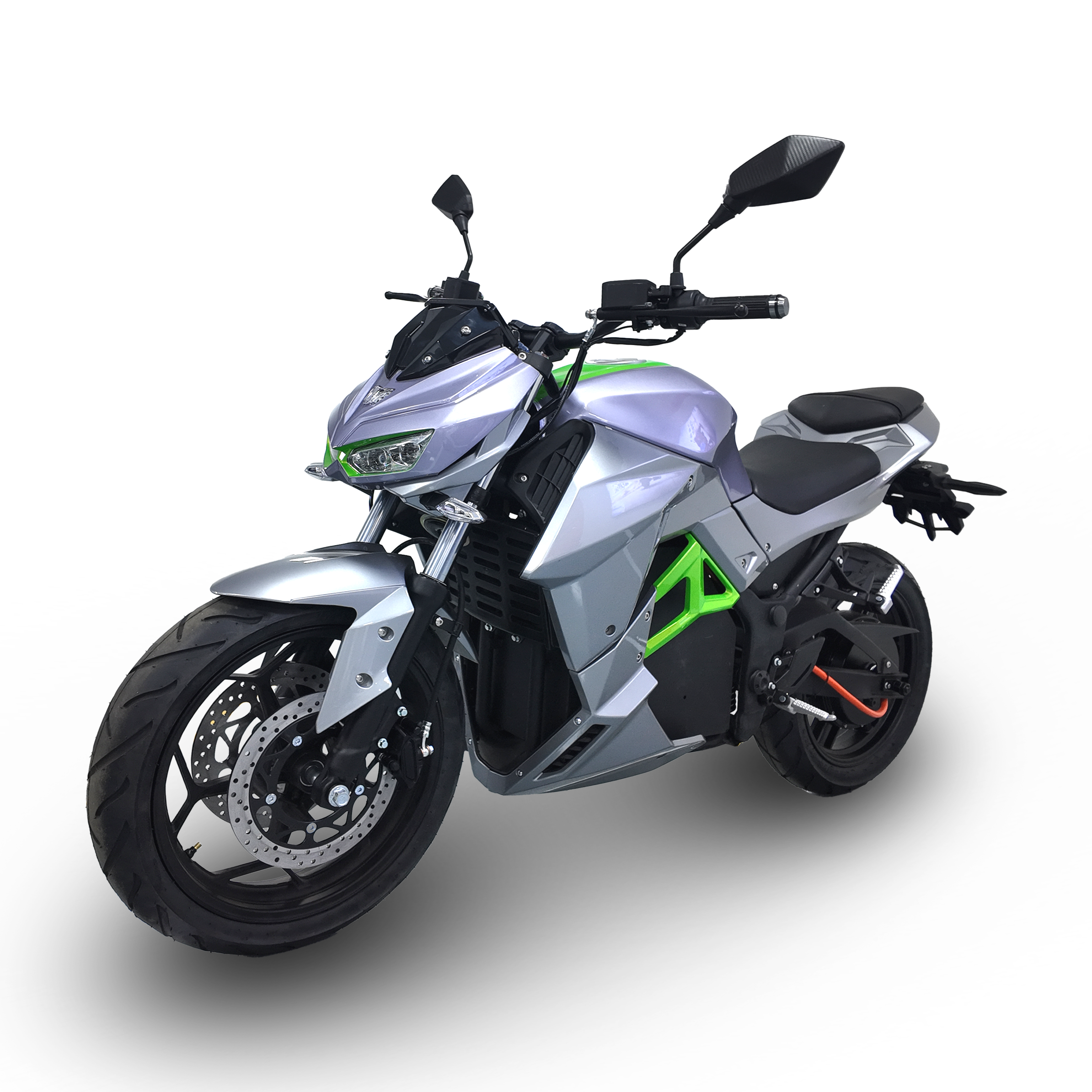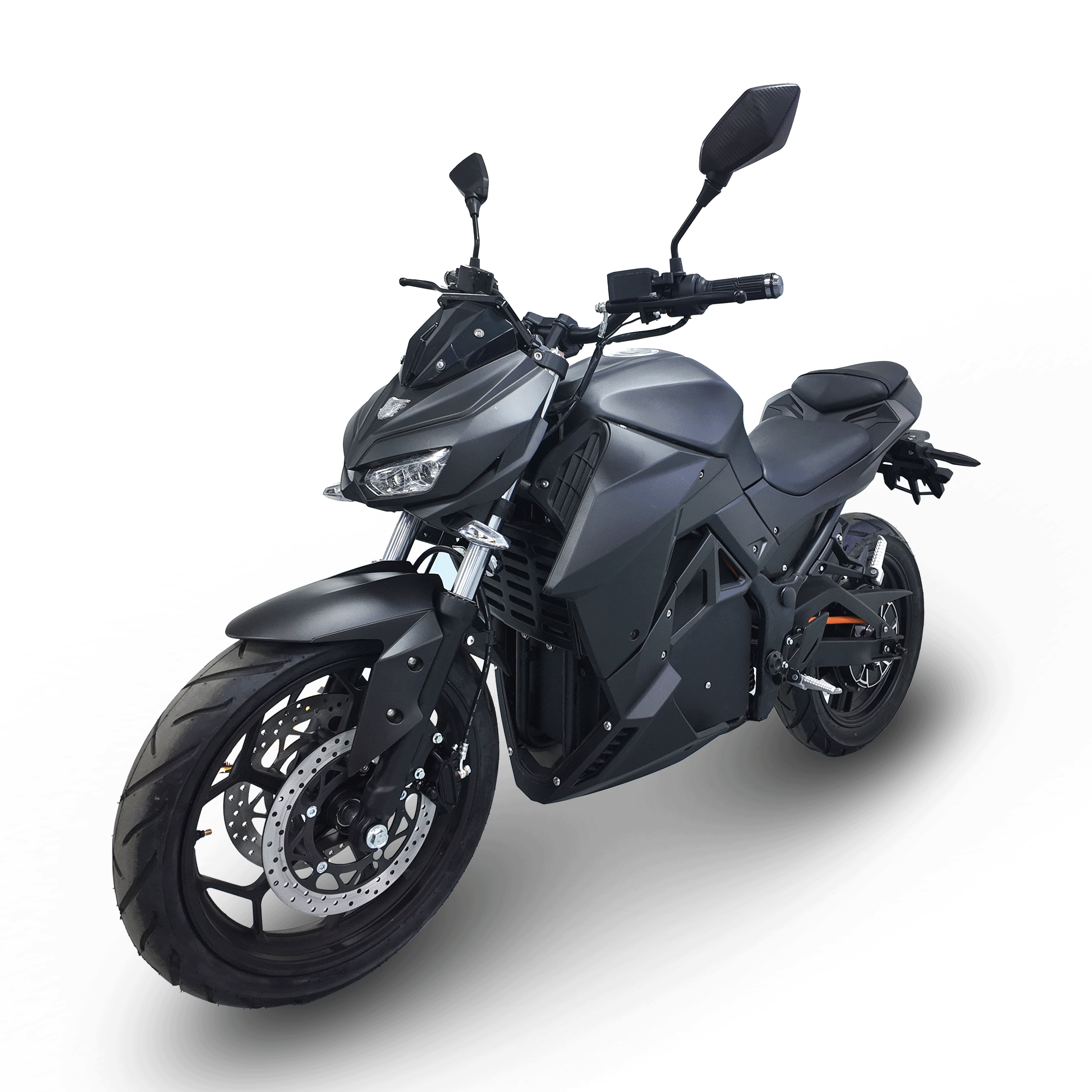The Environmental Impact of Modern Electric Motorcycles in Off-Road Settings
The world of off-road motorcycling is experiencing a revolutionary shift as offroad electric motorcycles gain traction among enthusiasts and environmentally conscious riders. These innovative vehicles are reshaping our understanding of sustainable recreation while delivering thrilling performance capabilities. As we delve into their environmental impact, we'll explore how these electric-powered machines are transforming the landscape of off-road adventure.
Traditional dirt bikes have long been associated with noise pollution and emissions, but the emergence of offroad electric motorcycles presents a compelling alternative that promises to maintain the excitement of off-road riding while significantly reducing environmental impact. This transformation is not just about swapping fuel tanks for batteries – it represents a fundamental shift in how we approach outdoor motorsports.
Understanding the Environmental Benefits of Electric Off-Road Vehicles
Zero Direct Emissions and Air Quality Impact
Perhaps the most significant advantage of offroad electric motorcycles is their zero-emission operation. Unlike their gasoline-powered counterparts, electric dirt bikes produce no tailpipe emissions during use. This becomes particularly important in natural settings where traditional motorcycles can release harmful pollutants into sensitive ecosystems. The absence of direct emissions helps preserve air quality in riding areas and reduces the overall carbon footprint of off-road recreation.
The environmental benefits extend beyond just the riding experience. When powered by renewable energy sources, offroad electric motorcycles can achieve near-zero lifecycle emissions. This represents a dramatic improvement over conventional dirt bikes, which continue to contribute to atmospheric pollution throughout their operational life.
Noise Reduction and Wildlife Impact
Traditional dirt bikes are notorious for their loud engines, which can disturb wildlife and other outdoor enthusiasts. Offroad electric motorcycles operate with significantly reduced noise levels, typically producing only the sound of tires on terrain and chain movement. This quieter operation helps minimize disruption to natural habitats and allows riders to experience nature more intimately.
The reduced noise pollution is particularly beneficial in areas where wildlife sensitivity is a concern. Many species rely on acoustic communication and natural sound patterns for survival, and the quieter operation of electric motorcycles helps maintain these delicate ecological balances.

Lifecycle Analysis of Electric vs. Traditional Dirt Bikes
Manufacturing and Material Considerations
The environmental impact of offroad electric motorcycles must be considered across their entire lifecycle, starting with manufacturing. While battery production does require significant resources and energy, technological advancements are continuously improving efficiency and reducing environmental impact. Modern battery recycling programs are also becoming more sophisticated, ensuring that valuable materials can be recovered and reused.
The simplicity of electric motor systems, with fewer moving parts compared to internal combustion engines, can lead to longer-lasting vehicles with reduced maintenance requirements. This durability factor contributes to a lower environmental impact over the vehicle's lifetime.
Energy Source and Charging Infrastructure
The environmental benefits of offroad electric motorcycles are closely tied to the source of electricity used for charging. As power grids increasingly incorporate renewable energy sources, the overall environmental impact of operating these vehicles continues to improve. Many riders are also installing solar charging stations at home, further reducing their carbon footprint.
The development of more efficient charging technologies and the expansion of charging infrastructure in popular riding areas are making electric off-road vehicles increasingly practical for extended adventures. This growing accessibility is encouraging more riders to make the switch to electric.
Performance and Practical Environmental Advantages
Immediate Torque and Control Benefits
Offroad electric motorcycles offer unique performance characteristics that can actually help reduce environmental impact during riding. The instant torque delivery allows for better control and traction, potentially reducing terrain damage compared to the wheel spin often associated with gas-powered bikes. This improved control can help preserve trail conditions and minimize erosion.
The precise power delivery of electric motors also allows riders to navigate technical sections with greater finesse, reducing the likelihood of causing unnecessary damage to sensitive riding areas. This combination of performance and environmental consciousness is attracting a new generation of responsible off-road enthusiasts.
Maintenance and Resource Conservation
The simplified maintenance requirements of offroad electric motorcycles contribute to their environmental benefits. There's no need for oil changes, fuel filters, or many other consumable parts associated with gas engines. This reduction in maintenance materials and fluids means fewer resources consumed over the vehicle's lifetime and less potential for environmental contamination.
Additionally, the regenerative braking systems found on many electric models help conserve energy and reduce wear on brake components, further minimizing the environmental impact of regular maintenance activities.
Future Developments and Environmental Prospects
Technological Advancements
The technology behind offroad electric motorcycles continues to evolve rapidly. Improvements in battery energy density, motor efficiency, and overall vehicle design are extending range capabilities while reducing environmental impact. Manufacturers are also exploring innovative materials and production methods to make these vehicles even more sustainable.
Research into solid-state batteries and other advanced energy storage solutions promises to further enhance the environmental credentials of electric off-road vehicles while improving their performance capabilities. These developments are likely to make electric options increasingly attractive to traditional dirt bike enthusiasts.
Industry Trends and Adoption
The off-road motorcycle industry is seeing a significant shift toward electric options, with more manufacturers entering the market and existing brands expanding their electric offerings. This increased competition is driving innovation and improving accessibility, making it easier for riders to choose environmentally friendly options without compromising on performance or reliability.
Growing environmental awareness and stricter emissions regulations are accelerating the adoption of offroad electric motorcycles. Many riding areas are beginning to offer preferential access to electric vehicles, recognizing their reduced environmental impact.
Frequently Asked Questions
How long can I ride an electric dirt bike on a single charge?
Range varies significantly depending on riding conditions, terrain, and riding style. Most modern offroad electric motorcycles offer between 2-4 hours of typical trail riding time, with some models achieving longer durations through advanced battery management systems and regenerative braking.
Are electric dirt bikes as powerful as traditional gas-powered ones?
Electric dirt bikes often deliver superior torque characteristics compared to gas-powered equivalents, providing instant power delivery that can enhance performance in many riding situations. While top speeds may vary, the overall performance capability of modern offroad electric motorcycles is highly competitive with traditional options.
What is the average lifespan of an electric dirt bike battery?
Most modern electric motorcycle batteries are designed to maintain optimal performance for 5-8 years or approximately 1000-1500 charging cycles. Proper maintenance and charging practices can help extend battery life, and many manufacturers offer comprehensive warranty coverage for their battery systems.
Table of Contents
- The Environmental Impact of Modern Electric Motorcycles in Off-Road Settings
- Understanding the Environmental Benefits of Electric Off-Road Vehicles
- Lifecycle Analysis of Electric vs. Traditional Dirt Bikes
- Performance and Practical Environmental Advantages
- Future Developments and Environmental Prospects
- Frequently Asked Questions

